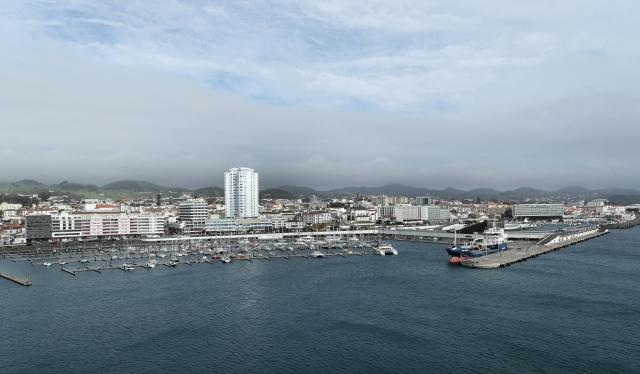In the last decade, the number of elderly people in the Region surpassed the number of young people.
Even so, the Azores continue to be the Portuguese region with the lowest aging index, although there are asymmetries from island to island.
According to the 2021 Census, for every 100 young Azoreans (people aged between 0 and 14), there are about 113 elderly people (aged 65 or over). This figure represents a 54.5% increase regarding 2011, when the aging index in the Azores was 73.26.
Currently, the group of 65-year-olds or older represents 16.5% of the Azores resident population, which corresponds to 39,109 people, while the group of people up to 14 years of age corresponds to 14.6%, or 34,553 people.
In Portugal as a whole, there are approximately 182 elderly people for every 100 young people.
Census data for 2021 also shows that both in the seven NUTS II regions of Portugal and in the 25 NUTS III regions, the aging index in the Azores (113.19) is the lowest of all Portuguese regions.
By island, on all of them, there are more elderly than young people, except for São Miguel (90.19), which is also the only island with an aging index below the regional average. However, all the Azorean islands have an aging index below the national average (see table).
When the 19 Azorean municipalities are analyzed, the respective aging indices vary between 56.58 in Ribeira Grande and 202.06 in Lajes do Pico.
It is noteworthy, however, that two of the three national municipalities where more young people reside (in relation to elderly people) are located in the Azores: Ribeira Grande (56.58) and Lagoa (77.61), which have the lowest aging indices in the country.
On the other hand, there are three Azorean municipalities whose respective aging index is higher than the national average: Lajes do Pico (202.06), Calheta (190.40) and Lajes das Flores (185.99).
These data were provided by the Regional Statistics Service of the Azores (SREA), which celebrated the 88th anniversary of the National Statistics Institute (INE) with a publication that explores the aging index in the Autonomous Region of the Azores.





